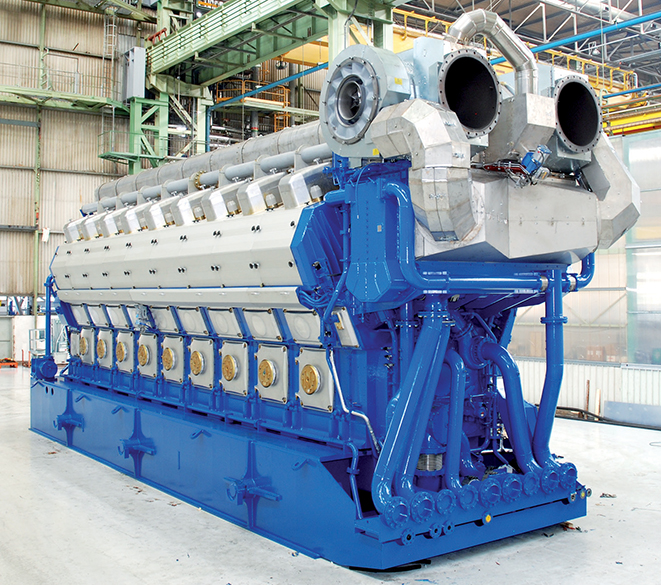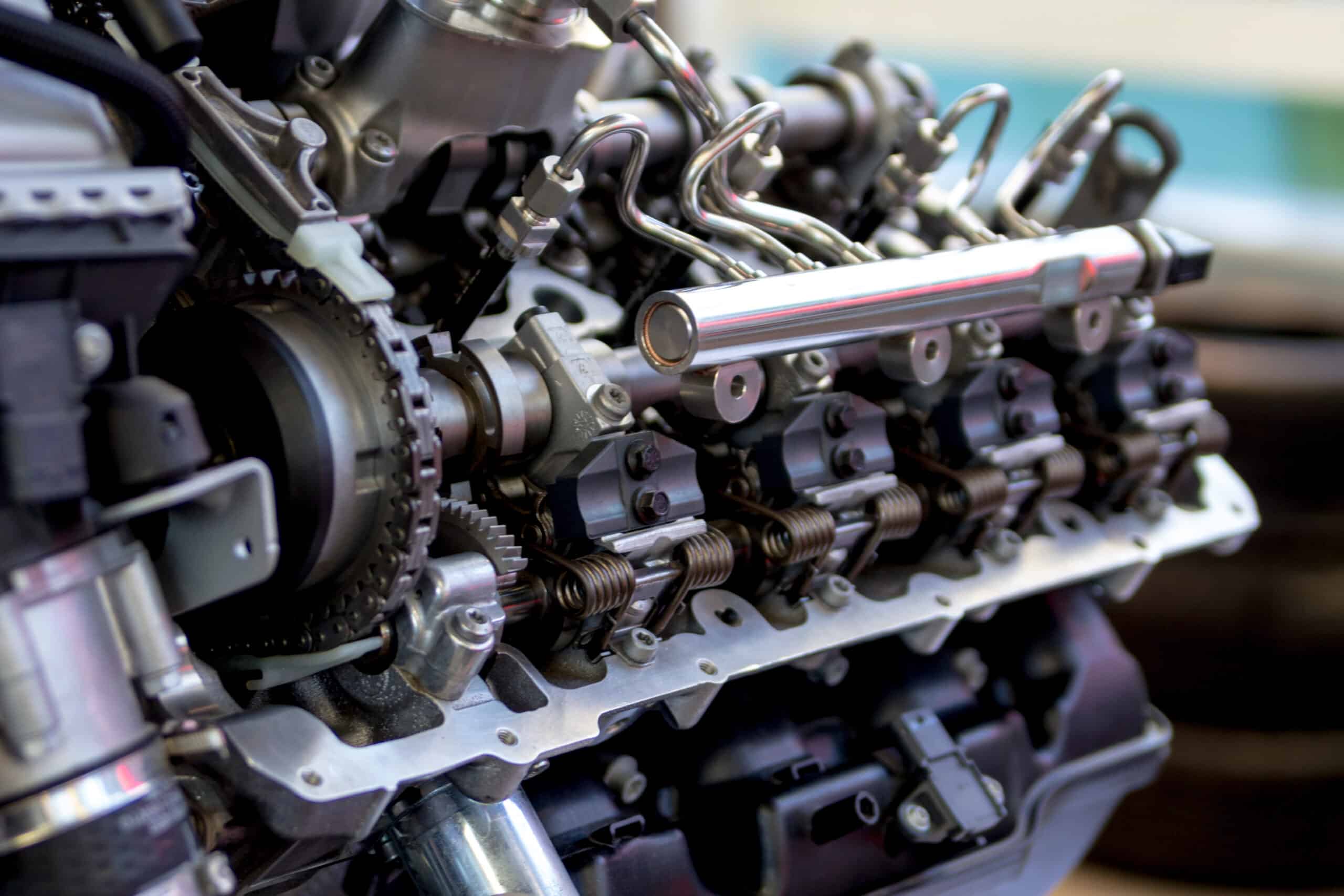Engines For Africa: Your Relied On Companion for Electric Motor Requirements
Engines For Africa: Your Relied On Companion for Electric Motor Requirements
Blog Article
Explore a Variety of Engines for Every Vehicle and Function
The vehicle landscape is significantly intricate, with a diverse selection of engine types developed to meet details performance and performance needs throughout various lorry classifications. In addition, sturdy engines serve the requirements of job lorries, while green choices are getting traction in the quest of lasting transportation.
Types of Automotive Engines
Automotive engines can be categorized into a number of distinct types, each designed to satisfy details performance and performance demands. The most typical categories consist of internal burning engines, electrical engines, and crossbreed systems.

Electric engines, on the other hand, operate electric power kept in batteries, providing instantaneous torque and no exhausts. These engines are becoming increasingly prominent because of developments in battery modern technology and the growing emphasis on sustainability.
Crossbreed systems combine both inner burning and electric engines, allowing lorries to enhance gas performance and decrease exhausts by effortlessly switching over between source of power. Each engine kind presents its benefits and disadvantages, affecting elements such as lorry style, meant usage, and market need. Understanding these distinctions is essential for customers and producers alike when choosing the proper engine for their details needs.
Efficiency Engines for Sports Cars
Efficiency engines for sports cars and trucks are especially crafted to supply boosted power, rate, and dexterity, setting them besides common auto engines. These engines usually make use of innovative innovations such as turbocharging, turbo charging, and variable valve timing to make the most of efficiency and responsiveness.
Typically, performance engines are designed with greater compression proportions, which enable higher power extraction from fuel. This causes impressive horse power and torque figures, allowing rapid velocity and higher full throttle. The lightweight products used in these engines, such as light weight aluminum and carbon fiber, contribute to lowered general vehicle weight, enhancing handling and maneuverability.
Engine configurations like V6, V8, and even hybrid systems prevail in efficiency cars, each offering unique benefits in regards to power delivery and driving dynamics. The adjusting of these engines is also crucial; many manufacturers maximize the engine monitoring systems to offer a thrilling driving experience, frequently consisting of sporting activity modes that change throttle reaction and equipment shifts.
Effective Engines for Daily Commuters
In the world of everyday travelling, effective engines play an essential role in enhancing gas economy and minimizing emissions while supplying reputable performance. As metropolitan populaces expand and environmental worries heighten, the demand for lorries furnished with efficient powertrains has actually risen.
Modern engines designed for day-to-day commuters usually include innovations such as turbocharging, direct gas injection, and crossbreed systems. Turbocharging enhances engine efficiency forcibly even more air into the burning chamber, enabling for smaller sized, lighter engines that do not endanger power result. Straight fuel shot enhances fuel atomization, bring about much better burning and increased performance.
Hybrid engines, combining interior burning with electrical power, more increase gas economic situation, specifically in stop-and-go web traffic, where standard engines can struggle with ineffectiveness. Electric motors assist during velocity and can operate separately at reduced rates, reducing total gas consumption.
Moreover, developments in engine management systems why not try here and lightweight materials contribute significantly to effective engine layout. By focusing on performance, sturdiness, and ecological sustainability, producers proceed to supply engines that not just fulfill the demands of everyday commuting but likewise align with international initiatives to reduce carbon footprints.
Heavy-Duty Engines for Work Cars
Sturdy engines for work automobiles are routinely crafted to provide phenomenal torque and dependability under demanding problems. These engines are created to perform in environments where conventional engines may falter, such as building and construction websites, logging operations, and agricultural settings. The key focus of sturdy engines is their capacity to create high degrees of power while preserving durability over expanded durations of operation.
Normally, sturdy engines utilize advanced materials and robust building techniques to withstand the rigors of hefty workloads. Attributes such as strengthened cyndrical tube blocks, improved air conditioning systems, and progressed gas injection innovations add to their efficiency. These engines usually run at reduced RPMs, which helps to enhance gas performance while supplying the essential power for carrying and pulling.
Along with mechanical robustness, durable engines are usually geared up with innovative digital control units (ECUs) that handle performance, discharges, and diagnostics. This integration permits much better tracking and maintenance, making certain that work cars stay effective and functional.
Inevitably, sturdy engines are an essential element in the efficiency of different markets, supplying the essential power and reliability to tackle the toughest of tasks.
Eco-Friendly Engine Options
The growing emphasis on sustainability has actually brought about the development of environment-friendly engine alternatives that focus on lowered discharges and enhanced fuel efficiency. These engines are designed to decrease the ecological company website impact of cars while still supplying the efficiency and integrity anticipated by consumers.
Among the most notable environmentally friendly choices are electric and hybrid engines. Crossbreed engines combine traditional inner burning engines with electric propulsion, permitting decreased fuel consumption and reduced greenhouse gas discharges. Electric engines, on the other hand, operate entirely on battery power, generating no tailpipe discharges and adding to cleaner air high quality.
An additional encouraging advancement is the development of biofuel engines, which make use of sustainable sources, such as plant products, to power lorries (Engines For Africa). By making use of biofuels, these engines can minimize dependence on fossil gas and lower overall carbon impacts

As the automobile industry advances, green engine choices will play an essential role in driving the shift towards even more sustainable transport options.
Conclusion
From high-performance engines that improve sporting activities vehicle abilities to efficient designs focusing on gas economic situation for everyday travelers, each kind offers a specific function. Heavy-duty engines cater to robust work cars, while eco-friendly choices, such as electrical and biofuel engines, advertise lasting transport.

Report this page